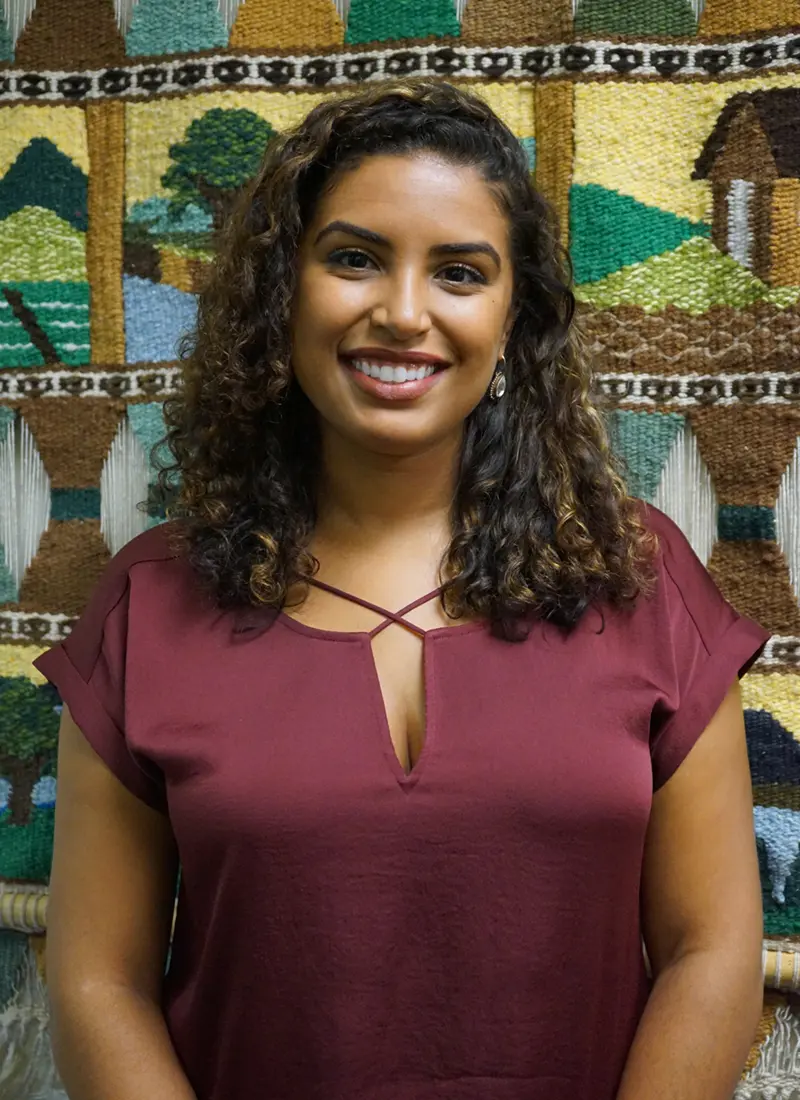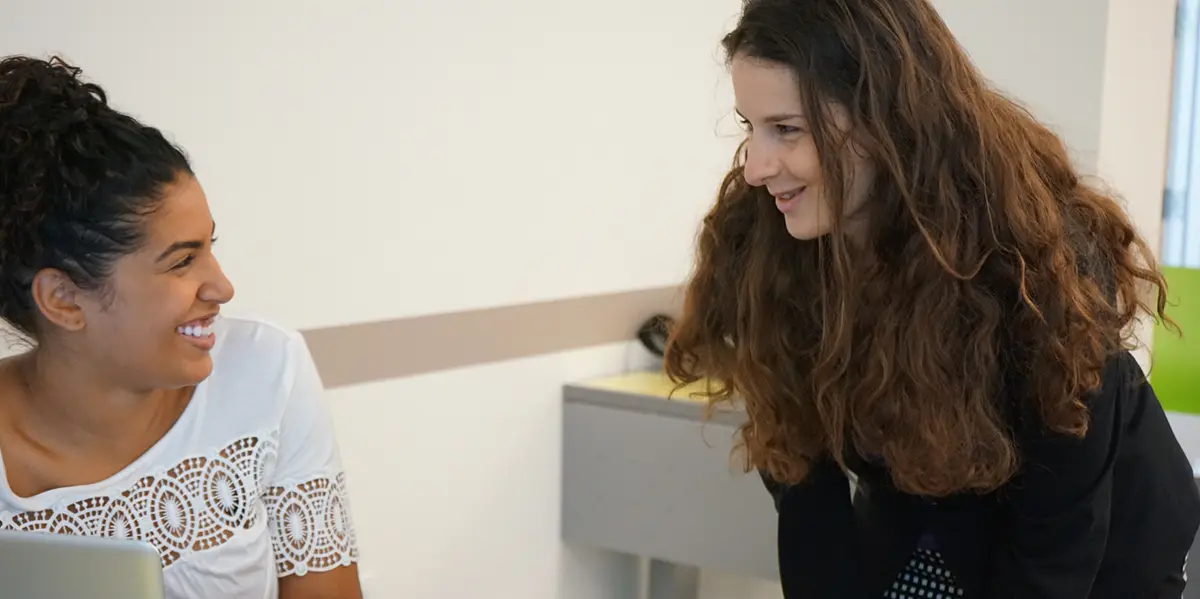Rianna Grissom wants to better understand how biracial people are perceived and treated, both in person and online, as well as how those experiences affect them.
“I’m interested in what it’s like to be multiracial in America right now and in doing research on discrimination, stereotypes and prejudice and how they affect day-to-day interactions and behavior,” she says. “I would like to work for a think tank or nonprofit policy institute, building up the research on multiracial populations and then seeing it used to inform programs and policies.”
Grissom says she found the right combination of community and social psychology, research and real-world application in UMass Lowell’s new Ph.D. program in applied psychology and prevention science. Now starting her third year, she’s in the program’s first cohort.
Grissom was also drawn to UML by the chance to work with Assoc. Prof. Jason Lawrence, who researches how gender and racial minorities perform in academic situations in which they feel stereotyped.
Grissom is biracial herself. She first realized that others perceived her as different in kindergarten.
“My best friend had blond hair and blue eyes. We got into an argument on the playground, and she said, ‘I don’t want to be friends with a black girl anyway!’” Grissom says. “It was the first time my race was thrown in my face. I thought, ‘I really am different,’ and I realized I was the only person of color in my school.”
While a master’s student in psychological science at Shippensburg University of Pennsylvania, she worked as an academic advisor to undergraduates and was asked to join projects on students’ academic performance. She did her master’s thesis on the academic grit of biracial students, combining her interests.
Here at UML, she realized that the experience of being biracial or multiracial was ripe for research. For her dissertation, she’s designing online experiments to see how people interact with those who appear stereotypically white, stereotypically black or apparently black-white biracial.
Biracial people are seen as more “exotic” and attractive than people who are easily categorized as black or white based on their appearance, according to previous research. Grissom is examining whether this stereotype impacts how people view biracial people as romantic partners. She’s also looking at how people form first impressions of biracial people online, compared to people perceived as white or black.
“On Tinder, people may be interested in meeting up with a biracial person. They might think a mixed-race person is more attractive – but may not see that person as worthy of being taken home to meet their parents,” she says.
She’s also working on an experimental design to test the hypothesis that biracial people smooth the way for their white or black friends to interact with the other race.
“I’m interested in whether they serve as a ‘biracial buffer,’” she says. “It’s been my experience that being biracial has made my blackness more palatable to my white friends and vice versa.”
Also, Grissom is working with Assoc. Prof. Wilson Palacios on a study involving people who inject opioids, as a research assistant with the Center for Community Research and Engagement. They are trying innovative approaches to cut down on overdoses and new cases of HIV/AIDS and hepatitis C.
Although it’s unrelated to her primary area of interest, Grissom says she’s learning how to work with a range of community partners and evaluate programs to see if they’re effective.


